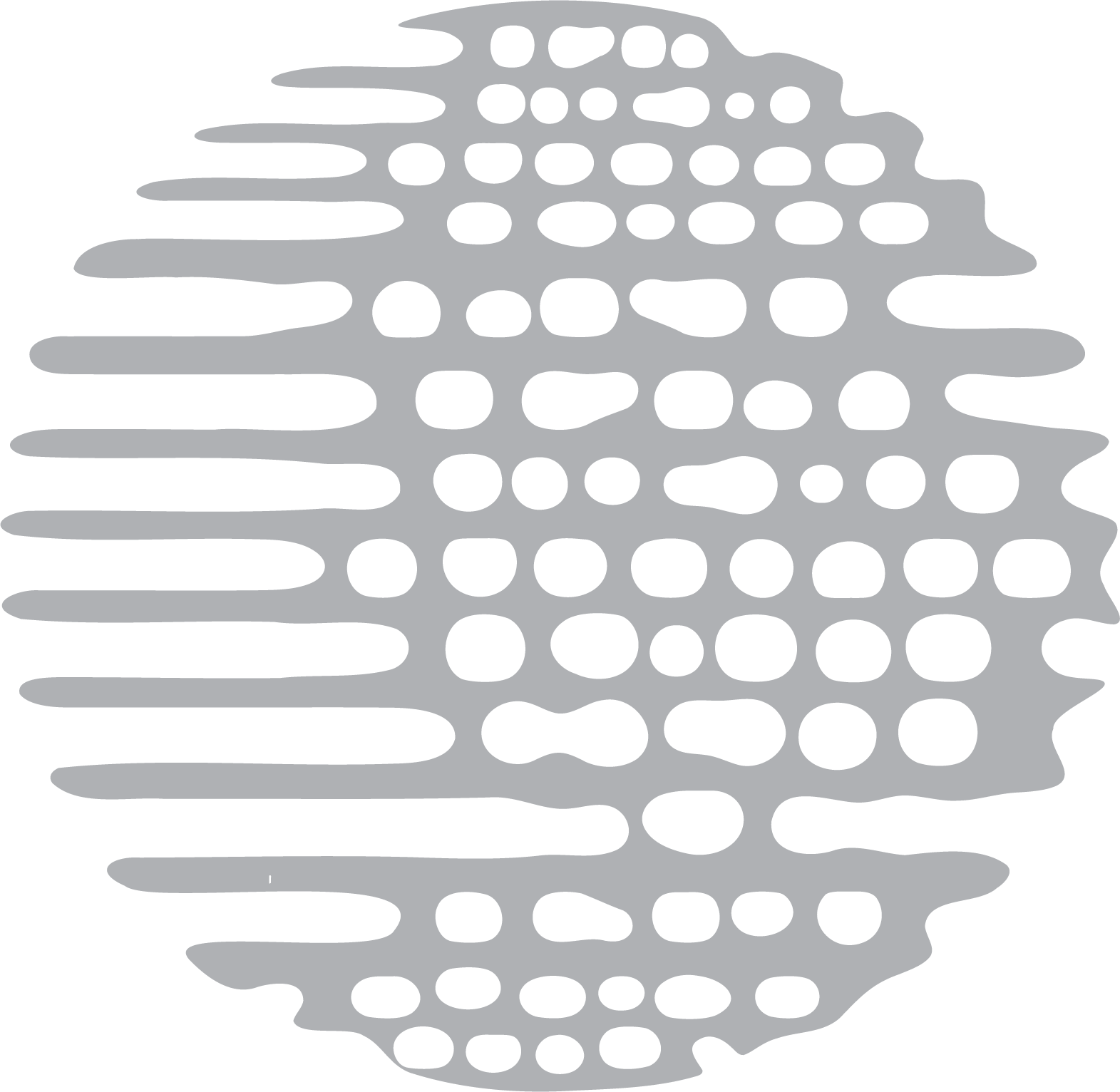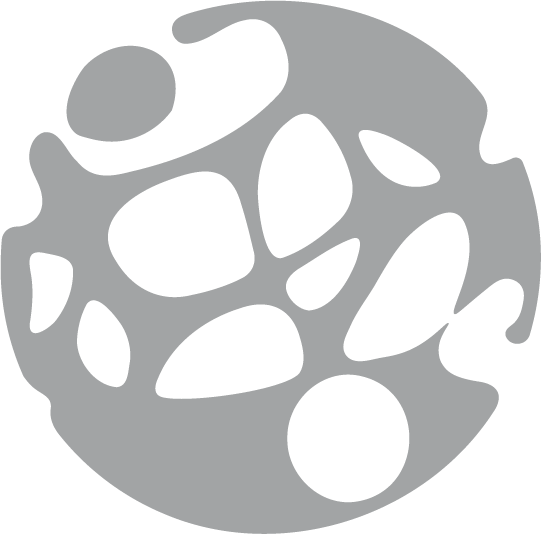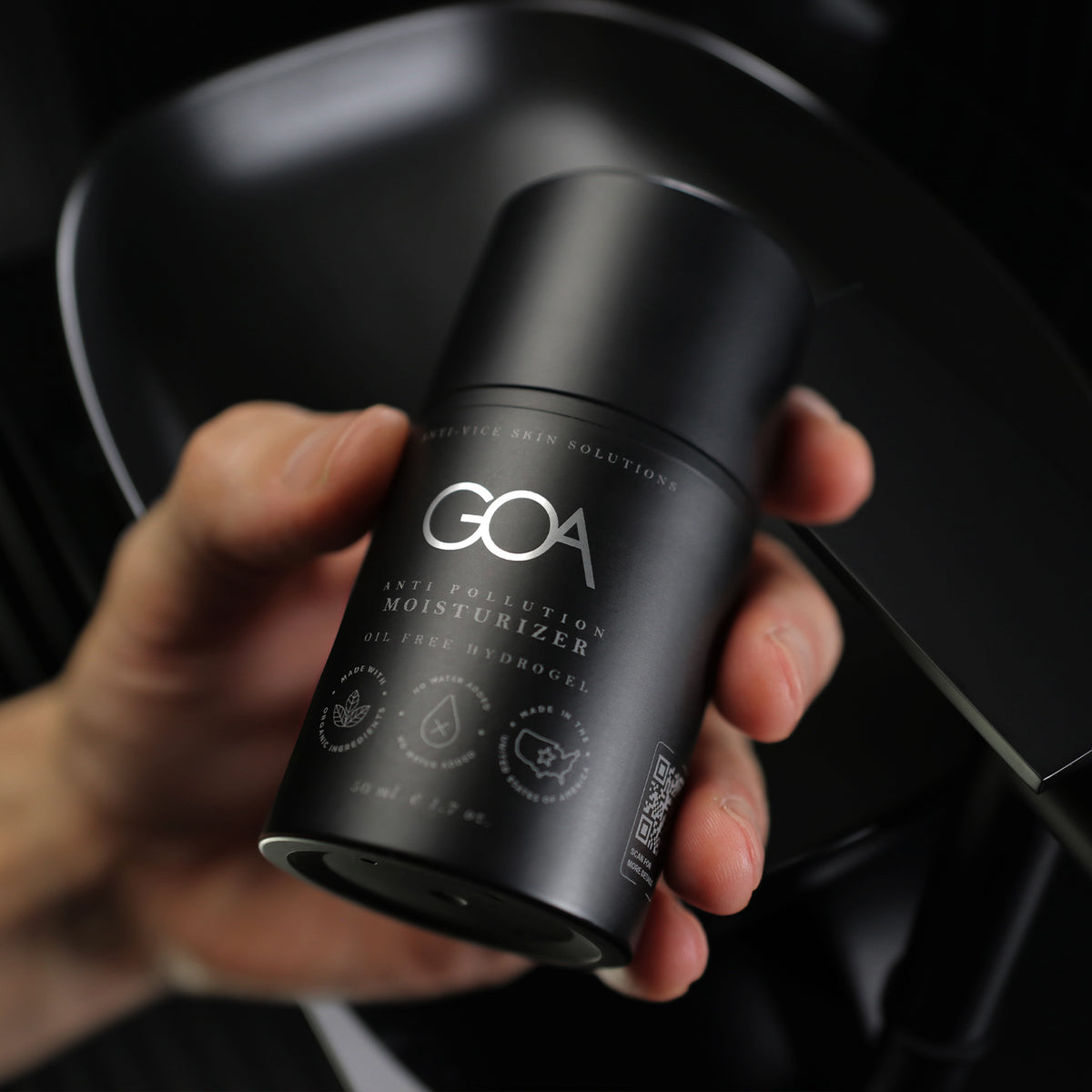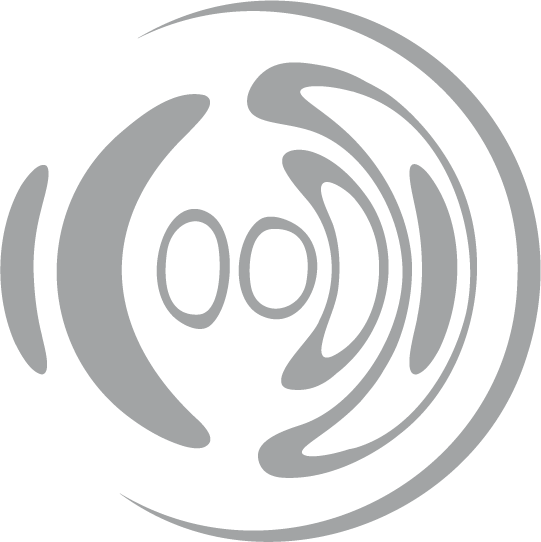The Skin Gym: Workout Routines for your Facial Muscles
The pursuit of maintaining youthful, vibrant skin has led to numerous innovations in skincare. One method gaining attention is facial muscle workouts, incorporating targeted massages and exercises into daily skincare routines. This article explores the scientific basis for these techniques, their potential benefits, and how to integrate them effectively into your regimen.
The Science Behind Facial Muscle Workouts
To understand the potential benefits of facial muscle workouts, it's crucial to first examine the anatomy of facial muscles and skin. The human face contains over 40 muscles, which are intricately connected to the skin through a network of connective tissues. Unlike most body muscles that attach to bones, facial muscles often connect directly to the skin or other muscles, allowing for a wide range of expressions.
As we age, several changes occur in our facial structure:
- Muscle atrophy: Facial muscles can lose tone and volume over time.
- Collagen and elastin reduction: These essential proteins, responsible for skin elasticity and firmness, decrease with age.
- Fat pad displacement: Facial fat pads that contribute to a youthful appearance can shift or diminish.
- Bone resorption: Gradual loss of bone density in the face can affect overall facial structure.
Facial muscle workouts aim to address these changes by:
- Increasing blood circulation to the skin and underlying tissues
- Stimulating collagen and elastin production
- Toning and strengthening facial muscles
- Promoting lymphatic drainage to reduce puffiness
Research on Facial Exercises and Massages
While the field of facial exercises is still emerging, several studies have shown promising results:
A 2018 study published in JAMA Dermatology found that a 30-minute daily facial exercise program, performed over 20 weeks, led to improved cheek fullness and a more youthful appearance in middle-aged women. Participants reported looking an average of three years younger after the study period.
Another study, published in the Journal of Clinical and Diagnostic Research in 2014, demonstrated that facial exercises performed for 7 weeks resulted in increased facial muscle thickness and improved facial rejuvenation.
Research in the Journal of Dermatological Treatment in 2017 showed that facial massage could increase the absorption of skincare products, potentially enhancing their efficacy.
While these studies provide encouraging evidence, it's important to note that more extensive research is needed to fully understand the long-term effects and optimal techniques for facial muscle workouts.

Integrating Facial Muscle Workouts into Your Skincare Routine
To incorporate facial muscle workouts effectively, consider the following steps:
- Cleanse: Begin with a quick cleanse to remove dirt and excess oil (don't use too much cleanser). Quickly rinse off then apply a second dose of the cleanser (slightly more than the first time). Then continue to #3
- Apply a facial oil (optional): This provides slip for the massage and allows for better product absorption. Use only if you are not acne prone or do not have an oily skin type.
- Perform facial exercises and massages: Spend 5-10 minutes on targeted movements (detailed below).
- Complete your skincare routine: Follow with your regular serum or moisturizer and any additional treatments.
Frequency and Duration
For optimal results, aim to perform facial muscle workouts 3-5 times per week. Consistency is key, as results typically become noticeable after 6-8 weeks of regular practice.
Facial Massage Techniques
- Effleurage (Stroking)
Technique: Using light to moderate pressure, stroke upwards and outwards from the center of the face.
Benefits: Improves circulation and promotes relaxation of facial muscles.
- Petrissage (Kneading)
Technique: Gently pinch and lift the skin using your thumb and forefinger, working in small circular motions.
Benefits: Helps to tone muscles and improve skin elasticity.
- Tapotement (Tapping)
Technique: Use your fingertips to lightly tap across the face in a rhythmic pattern.
Benefits: Stimulates blood flow and can help reduce puffiness.
- Friction
Technique: Apply firm pressure with your fingertips and make small circular movements.
Benefits: Releases tension in facial muscles and can help break down adhesions in the tissue.
Specific Facial Exercises
- Cheek Lifter
Technique: Open your mouth to form an "O" shape, then lift your cheeks as high as possible. Hold for 5 seconds, then relax. Repeat 10 times.
Target area: Cheeks and surrounding muscles.
- Forehead Smoother
Technique: Place both hands on your forehead, fingers facing inwards. Gently sweep the fingers outwards while applying light pressure. Repeat 10 times.
Target area: Forehead muscles.
- Eye Area Toner
Technique: Place your index fingers at the outer corners of your eyes and your middle fingers at the inner corners. Apply gentle pressure and slowly slide the fingers towards each other, then outwards. Repeat 5 times.
Target area: Muscles around the eyes.
- Neck Firmer
Technique: Tilt your head back slightly. Place your fingertips at the base of your neck and stroke upwards with firm pressure. Repeat 10 times.
Target area: Neck muscles and skin.
- Jawline Definer
Technique: Tilt your head back and push your lower jaw forward. Hold for 5 seconds, then relax. Repeat 10 times.
Target area: Jawline and neck muscles.
The Science of Product Absorption During Massage
Facial massage can enhance the absorption of skincare products through several mechanisms:
- Increased blood flow: Massage stimulates circulation, which can help deliver nutrients from topical products more effectively to skin cells.
- Enhanced penetration: The mechanical action of massage can help work products deeper into the skin's upper layers.
- Lymphatic drainage: Massage can stimulate the lymphatic system, potentially aiding in the removal of toxins and reducing puffiness.
- Improved skin barrier function: Regular massage may help strengthen the skin's barrier, allowing for better retention of moisture and nutrients.
When selecting products for use during facial muscle workouts, opt for formulations rich in antioxidants, peptides, and hydrating ingredients. These can complement the physical benefits of massage by providing additional nourishment to the skin.
Dos and Don'ts of Facial Muscle Workouts
Dos:
- Be gentle: Use light to moderate pressure to avoid damaging delicate facial skin.
- Stay hydrated: Drink plenty of water + electrolytes to support overall skin health.
- Be consistent: Regular practice is key to seeing results.
- Pay attention to your skin: Adjust techniques if you experience any discomfort or irritation.
- Use clean hands: Always start with thoroughly washed hands to prevent introducing bacteria to your face.
Don'ts:
- Overdo it: Excessive manipulation can lead to irritation or skin damage.
- Pull or tug at the skin: This can lead to premature sagging.
- Neglect sunscreen: Continue to protect your skin from UV damage, which can counteract the benefits of facial workouts.
- Expect instant results: Be patient, as visible improvements typically take several weeks.
- Perform exercises on inflamed or injured skin: Allow any skin conditions to heal before resuming facial workouts.
Potential Contraindications
While facial muscle workouts are generally safe for most individuals, certain conditions may require caution or avoidance:
- Active acne or skin infections
- Recent facial surgery or procedures
- Severe rosacea or sensitive skin conditions
- Autoimmune skin disorders
- Open wounds or cuts on the face
If you have any of these conditions or other skin concerns, consult with a dermatologist before beginning a facial muscle workout routine.
Complementary Lifestyle Factors
To maximize the benefits of facial muscle workouts, it's beneficial to adopt complementary lifestyle habits. A nutritious diet, regular sleep, effective stress management, consistent exercise, and sun protection each play a vital role in enhancing skin health, helping to ensure the best results from your skincare regimen.
Conclusion
Facial muscle workouts offer a promising approach to maintaining youthful, healthy-looking skin. By incorporating scientifically supported massage techniques and exercises into your routine, you may improve muscle tone and promote a more vibrant complexion.
To complement these workouts, consider targeted skincare products like GOA's Anti-Acne Face Set, which provides a gentle cleanse and serum application suitable for massage techniques. Remember to approach facial exercises with patience and gentleness, and consult with a skincare professional at service@goaskincare.com if you have any concerns before starting a new regimen.































































































